The rise of Artificial Intelligence (AI), particularly ChatGPT, has unleashed a world of possibilities. While AI had already existed prior to ChatGPT’s emergence, the latter brought unprecedented attention to the field. Today, AI is revolutionizing the fashion industry, transforming every aspect from manufacturing to marketing and sales. Design, production, shipping, marketing, and sales are all benefiting from AI technologies. In fact, the fashion businesses that have not implemented AI are now at risk of insolvency as its usage has become deeply ingrained in the industry.
According to a report by Mordor Intelligence, the global ‘AI in fashion market’ was valued at USD 270.4 million in 2020 and is expected to reach USD 1,260.9 million by 2026, registering a CAGR of 29.0% during the forecast period (2021-2026).

AI is empowering designers to create fabrics and garments, while consulting firms utilize it to predict trends for their manufacturing clients. The magic lies in data collection, as it enables fixing fit issues, forecasting trends, and even authenticating high-end items like Cartier watches and Birkin bags.
As fashion weeks in London, Milan, New York, and Paris begin rolling out this year, brands are already working on producing and selling the designs showcased on the runways. Looking ahead, it is entirely possible that future designs will combine the creative director’s expertise with the power of generative AI. This fusion will enable faster time-to-market, more efficient sales, and an overall enhanced experience for consumers.
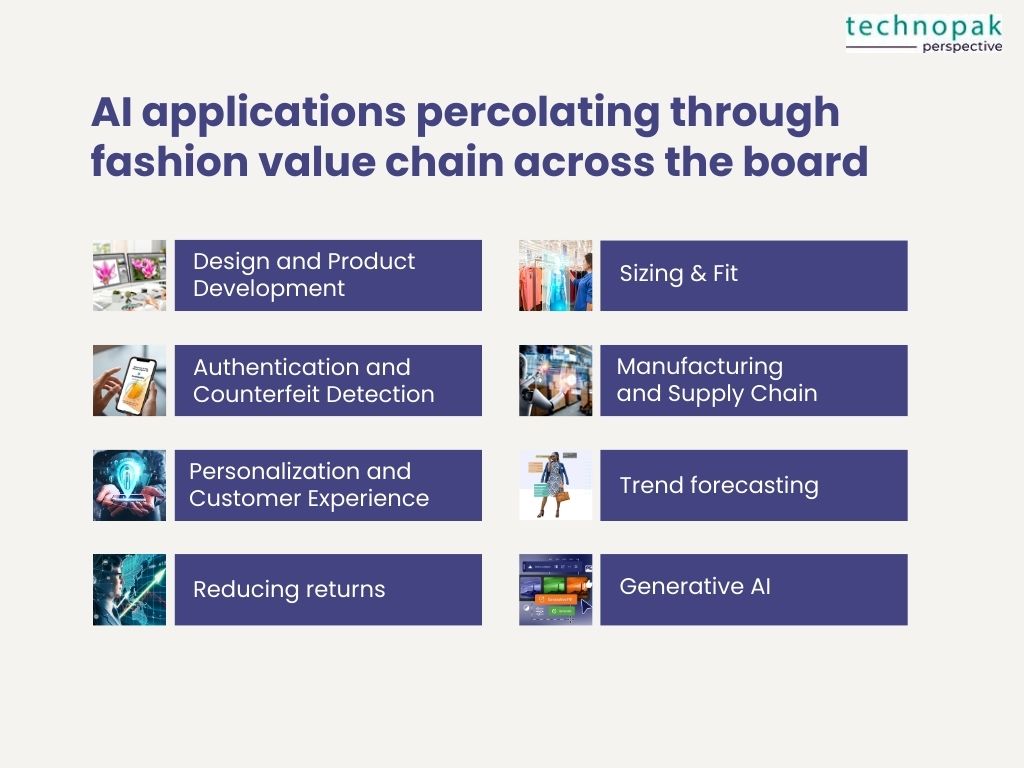
AI plays a crucial role in the fashion industry, spanning design, marketing, and sales. Here are some recent examples showcasing its diverse utility:
Leveraging AI, fashion professionals can effortlessly translate sketches, mood boards, and descriptions into stunning designs like intricate 3D models of furniture and jewellery. AI also excels in trend forecasting, analyzing vast datasets to identify emerging trends and patterns. By utilizing generative design and deep learning algorithms, AI fosters the creation of novel and innovative fashion concepts. Through data analysis encompassing fashion trends, customer preferences, and historical sales data, AI identifies patterns and generates concepts that resonate with customers. Additionally, AI empowers fashion businesses to produce designs that align with their target market, minimizing the risk of unsold inventory.
AI technology has the potential to revolutionize the way we approach sizing and fit in the fashion industry. By analyzing body measurements and providing personalized recommendations, AI can greatly enhance the accuracy of sizing charts and help customers find the perfect fit. This not only reduces the frustration of ill-fitting clothes but also minimizes the number of returns, leading to increased customer satisfaction. Embracing AI in the realm of sizing and fit is a game-changer that benefits both retailers and shoppers alike.
AI can be used to authenticate items and prevent knockoffs by analysing various features of the product, including stitching patterns and material quality. AI uses algorithms that can spot features invisible to the human eye to protect retailers and shoppers from fake goods. For example, Entrupy offers a machine learning app to help brands detect counterfeit items based upon a deep database of authentic luxury items2. The app guides users through taking photos of different parts of the item, such as specific areas of the fabric and logo, and uses AI to determine if the item is authentic or not.
Artificial intelligence holds immense potential to revolutionize manufacturing processes, bringing about optimization across the entire supply chain and minimizing wastage. By harnessing the power of AI, companies can enhance their capacity to accurately forecast demand, expedite specific stages of the supply chain, and automate critical tasks such as fabric quality control, pattern inspections, color matching, and defect detection. Furthermore, AI empowers fashion companies to swiftly process vast volumes of data, enabling them to promptly identify the most sought-after products and discern purchase trends. With the integration of AI, the manufacturing industry can achieve heightened efficiency, cost reduction, and remain at the forefront of innovation.
AI can be used to create personalized shopping experiences for customers by analyzing their purchase history and preferences, suggesting products that match their style, and offering personalized styling advice.
AI can analyze data from various sources such as social media, search engines and e-commerce websites to identify emerging fashion trends. This can help fashion companies stay ahead of the curve and produce designs that are more likely to be popular with their target market. AI helps with trend forecasting in fashion by using machine learning algorithms to predict future fashion trends. AI-based tools can analyze vast amounts of varied data and use machine learning algorithms to predict future fashion and retail trends. For example, Stylumia deploys its AI and machine learning platform to help fashion and lifestyle brands forecast demand, spot trends, manage inventory, and make better business decisions
AI can be used to analyze data on customer returns to identify common reasons for returns. This information can then be used to improve product design and reduce the number of returns. For example, Bodify asks shoppers for photos, then uses computer vision to determine their measurements. Machine learning maps the measurements against data the company has stored.
Generative AI can be used to blend the prowess of a creative director with the power of AI to bring clothes and accessories to market faster, sell them more efficiently and improve the customer experience. Besides, Generative AI can help fashion businesses create unique and innovative products while also enhancing the customer experience 1. It can input all forms of “unstructured” data—raw text, images, and video—and output new forms of media, ranging from fully-written scripts to 3-D designs and realistic virtual models for video campaigns
That being said, the incorporation of AI in the fashion industry will rely on the technical prowess of the team and their capability to seamlessly integrate AI into existing processes. It is crucial to emphasize the importance of skillful execution and smooth integration for the successful implementation of AI in fashion.
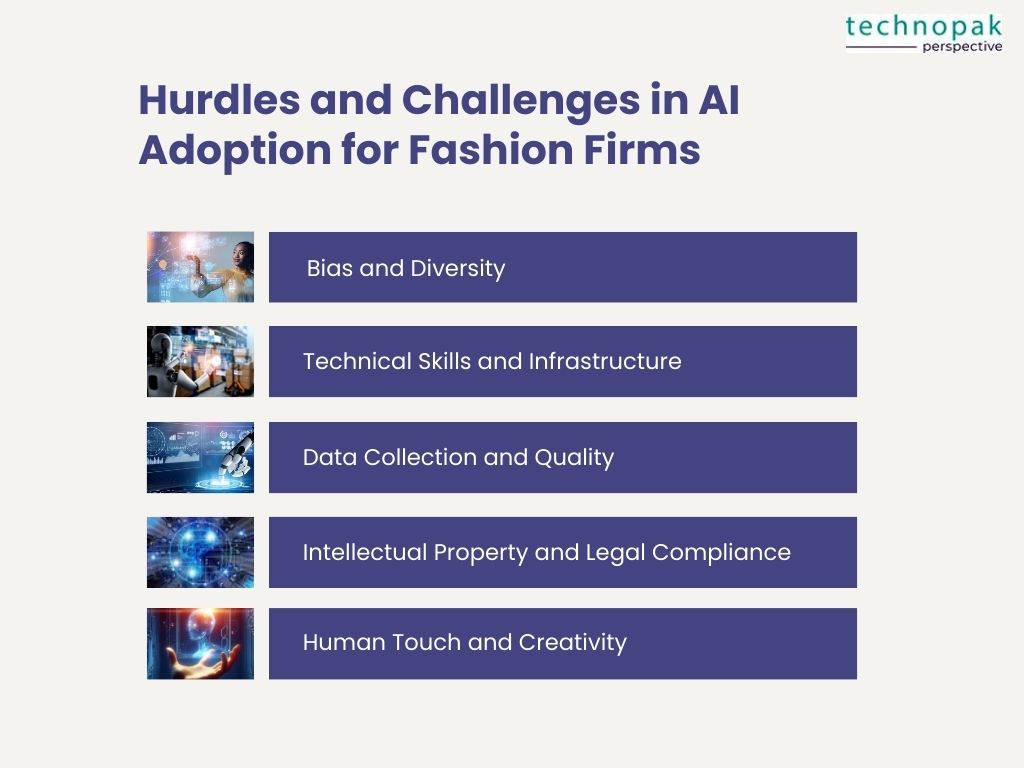
While AI offers many benefits to the fashion industry, there are also several challenges associated with its use. Here are some of the challenges for using AI in fashion:
AI relies on vast amounts of data to learn and make predictions, but the fashion industry has historically been slow to adopt data-driven practices. Additionally, the data that is available may not always be of sufficient quality, which can limit the effectiveness of AI algorithms. Another of the challenges of using AI for data collection and quality in the fashion industry is that many datasets in the real world are small, dirty, biased, and even poisoned
1. Without good data, even the best machine learning algorithms cannot perform well. Another challenge is that creativity is much more difficult to quantify than business needs, which has allowed for start-ups to offer a service to brands but has made it more difficult for AI to be used creatively
2. Additionally, there may be a gap between the skillsets of fashion designers and computer scientists which can make it difficult for them to collaborate effectively.
AI algorithms can be biased if the data they are trained on is not diverse enough, leading to discriminatory outcomes. This is particularly relevant in the fashion industry, where traditional beauty standards have often been exclusionary. One of the challenges of using AI for bias and diversity in the fashion industry is that there is a risk of bias and unfairness in generative-AI systems, particularly around biased data sets, which may present reputational challenges for brands that rely on the technology.
For example, if an image-generating tool produces an advertising campaign with inappropriate or offensive images that are then shared globally, a brand’s reputation could be hurt. Another challenge is that there is a potential for AI to make fashion more homogenised. With AI algorithms driving design and marketing decisions, there is a risk that fashion will become less individual and less creative.
AI-generated designs may raise questions about intellectual property ownership and legal compliance with copyright and trademark laws. One of the primary challenges of using AI for intellectual property and legal compliance in the fashion industry is that as retail and fashion companies increasingly use AI and machine learning technologies to perform predictive consumer analysis, solve apparel fit issues, create virtual and physical fashion and other designs, these technologies must be used in a manner that does not infringe on the intellectual property rights of third parties. Special care should be taken to avoid unwanted allegations of intellectual property infringement.
Implementing AI systems requires technical expertise and infrastructure, which can be a challenge for smaller fashion businesses.
One of the primary technical skills challenges faced by the fashion industry when adopting AI is the lack of technical expertise among fashion professionals. According to experts, fashion businesses need to hasten their digital transformation efforts, and this requires upskilling or reskilling their employees to have the necessary technical skills to leverage AI effectively.
However, many fashion professionals do not have adequate technical skills to implement AI solutions. Thus, fashion businesses need to invest in training and development programs to build technical capabilities in their workforce.
Another technical skills challenge faced by the fashion industry is the lack of data science expertise. Fashion businesses need to collect and analyze large amounts of data to leverage AI effectively. However, fashion professionals may not have the necessary skills to handle and analyze large data sets. The fashion industry needs to develop data science capabilities to analyze and interpret data to drive decision-making processes. This includes data engineering, data analysis, and machine learning expertise.
In addition to technical skills challenges, the fashion industry also faces infrastructure challenges when adopting AI. One of the primary infrastructure challenges is the need for robust and reliable technology infrastructure. Fashion businesses need to invest in robust technology infrastructure to support the collection, storage, and analysis of large data sets. This includes investing in cloud computing, data storage, and high-speed internet connectivity.
Another infrastructure challenge faced by the fashion industry when adopting AI is the need for a secure technology environment. Fashion businesses need to ensure that their technology environment is secure and compliant with data privacy regulations. This includes investing in cybersecurity measures, such as firewalls and encryption, to protect sensitive data from cyber threats.
While AI can assist with design and product development, some argue that it cannot fully replace the human touch and creativity that is essential to fashion. AI has been incorporated into many different artistic fields, including fashion design. However, there are concerns that AI lacks human touch and creativity in fashion design.
Human intervention in AI design is still needed to produce high-quality and valuable clothing that fits into the whole of the manufacturing supply chain. AI can also violate copyright when used to design fashion due to trailing internet compliance. That being said, AI is already being used in fashion stores as virtual personal stylists. This AI-based system recommends the best items for customers, and a human stylist picks the final suggested products as per body types.
Despite these challenges, many in the fashion industry are embracing AI and working to overcome these hurdles in order to take advantage of the benefits that AI can offer.
In the rapidly evolving landscape of the fashion industry, forward-thinking brands are increasingly turning to artificial intelligence to revolutionize their design, manufacturing, and marketing strategies. The following case studies illuminate how pioneering companies are navigating the complexities of AI integration to enhance creativity, improve customer experiences, and streamline operations. By examining these real-world examples, we can gain insights into the successes, challenges, and innovative approaches taken by key players who are shaping the future of fashion with AI.
At the brand level, some of the leading players in the AI in fashion industry in India are Stylumia, Streamoid, Fashinza, Fabulyst, and Vue.ai. These startups are using AI to provide solutions such as fashion forecasting, trend analysis, style recommendation, visual search, fit prediction, inventory optimization, and quality control.

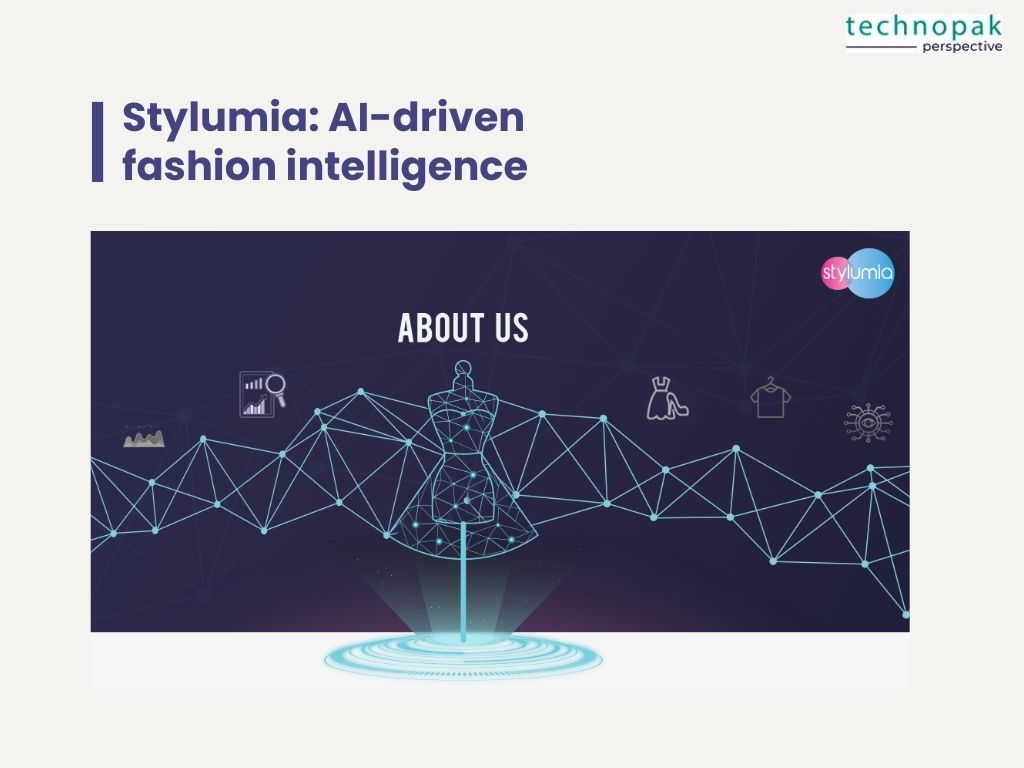

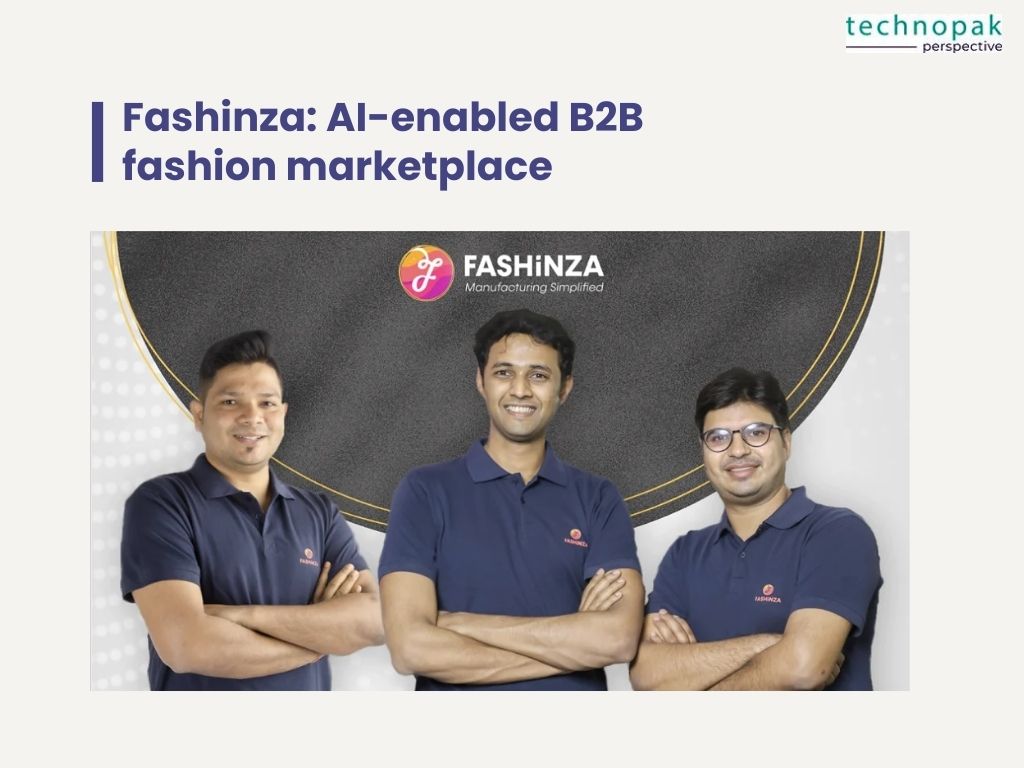
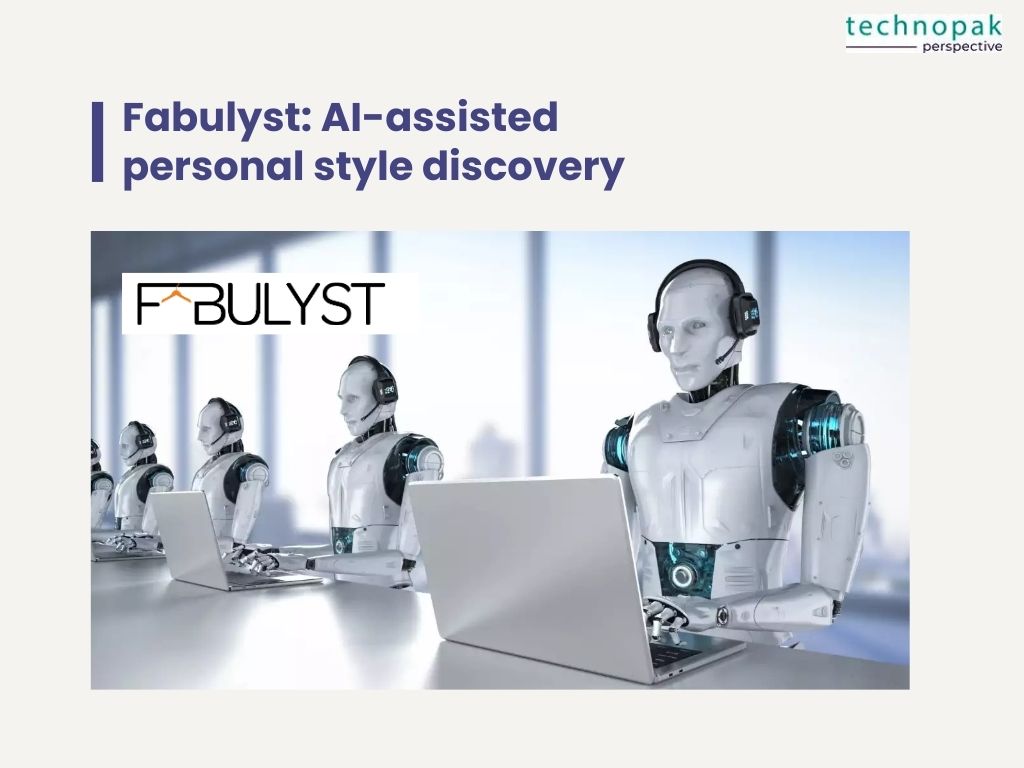


Retail giant Alibaba opened a physical “FashionAI” store in Hong Kong to streamline the fashion retail experience through Artificial Intelligence. Alibaba equipped its stores with intelligent garment tags that detect when the item is touched and smart mirrors that display clothing information and suggest coordinating items. The store also uses facial recognition technology to identify customers and make personalized recommendations.
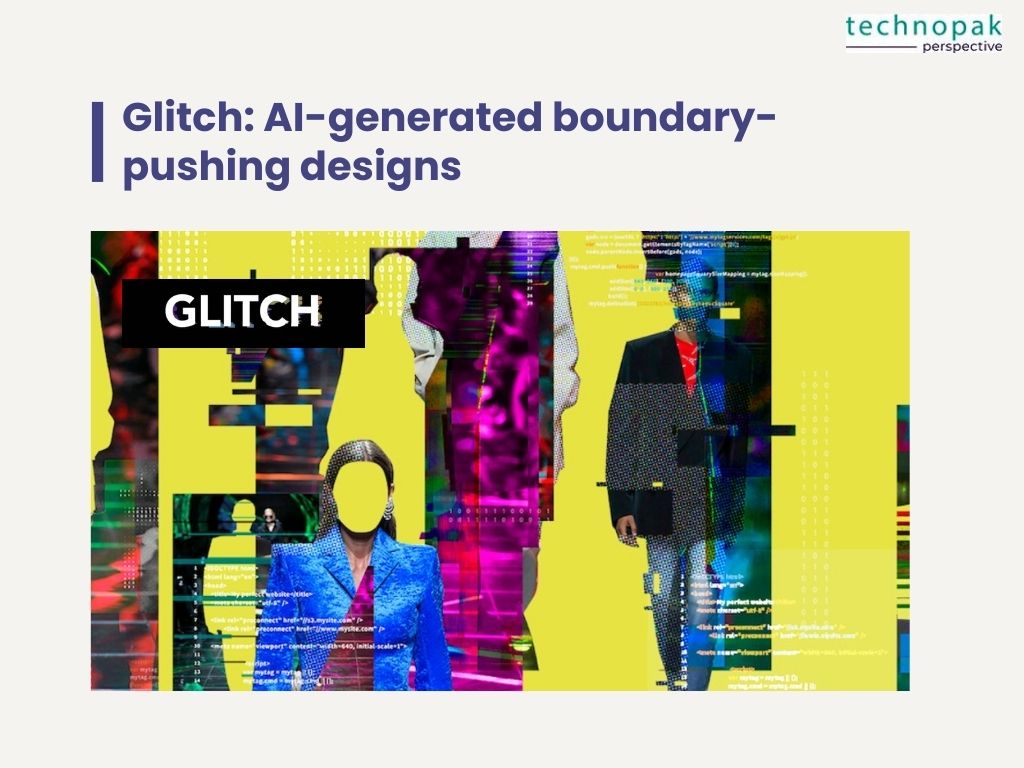
Glitch is a company that uses AI to create designs that push the boundaries of fashion. The company’s founders, Pinar Yanardag and Emily Salvador, developed an AI system that can generate new designs based on existing ones. They trained the system on thousands of images of clothing items and used it to create new designs that they say push the boundaries of fashion.
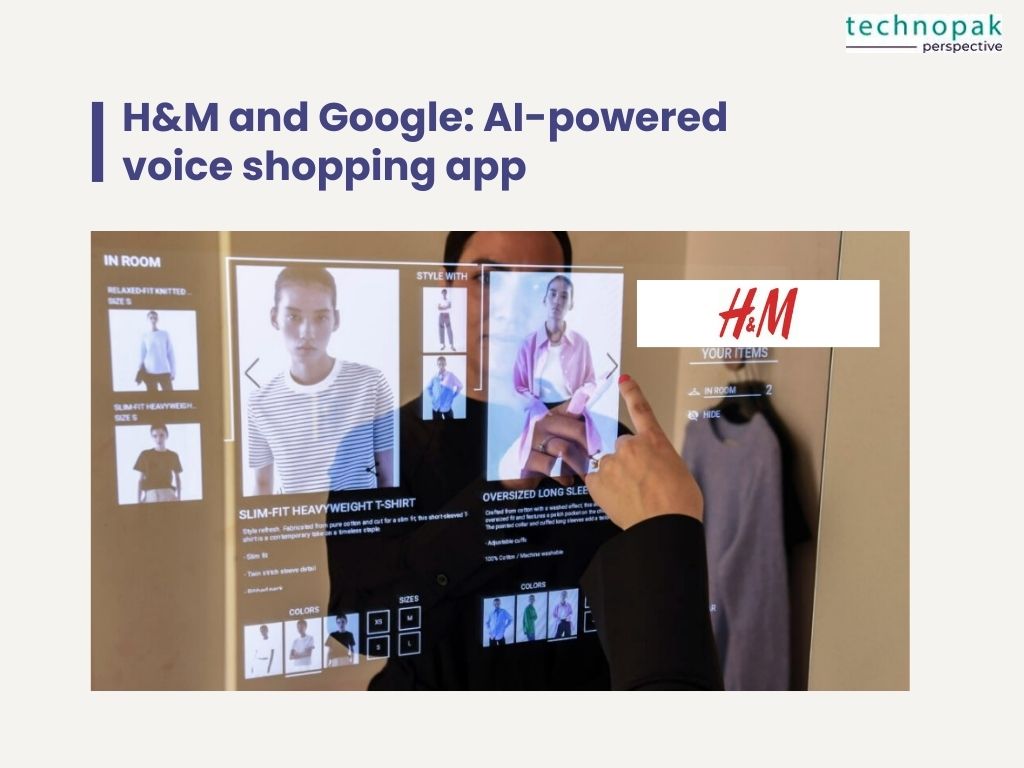
H&M India has partnered with Google to launch a voice-activated shopping app that uses AI to help customers find the perfect outfit. The app uses natural language processing and machine learning to understand customer preferences and suggest outfits based on their style and body type.

The Indian fashion brand W has launched an AI-powered chatbot that helps customers find the perfect outfit. The chatbot uses natural language processing and machine learning to understand customer preferences and suggest outfits based on their style and body type.

The Indian fashion brand Myntra has launched an AI-powered feature called “Style Mynt” that helps customers find the perfect outfit. The feature uses machine learning algorithms to analyze customer data and suggest outfits based on their style and body type.
The integration of AI in the fashion industry is proving to be a game-changer in terms of efficiency, sustainability, and personalization. From manufacturing processes to trend forecasting, AI is revolutionizing the way the fashion industry operates. Through the use of machine learning, computer vision, and other AI applications, fashion brands can now create more sustainable and ethical products, reduce waste, and better understand their customers’ needs. As we move into the future, the continued development and implementation of AI in fashion will undoubtedly lead to even more exciting and innovative possibilities.
AI in the fashion industry is not a distant future, but a present reality.
As the Indian fashion industry faces unprecedented challenges and opportunities, AI can be a powerful ally to help it overcome the barriers and leverage the potential. From design to merchandising, from supply chain to customer experience, AI can transform every aspect of the fashion value chain.
AI can also enable the fashion industry to become more sustainable, ethical, and profitable.
At Technopak, we are at the forefront of AI innovation in the fashion industry. We help our clients harness the power of AI to create demand-driven fashion forecasts, optimize inventory and operations, and enhance customer engagement and loyalty.
We believe that AI is not a threat, but a partner, to the human creativity and ingenuity that drives the fashion industry. If you are interested in learning more about how AI can revolutionize your fashion business, please contact us or visit our website.
We would love to collaborate with you and help you achieve your vision.
Thank you for reading our blog. Please share your feedback and comments below.